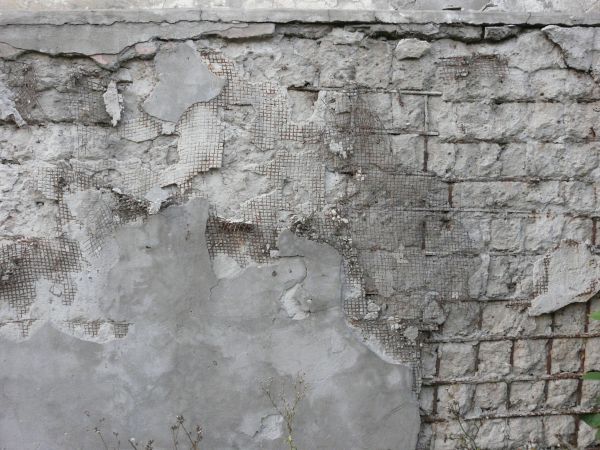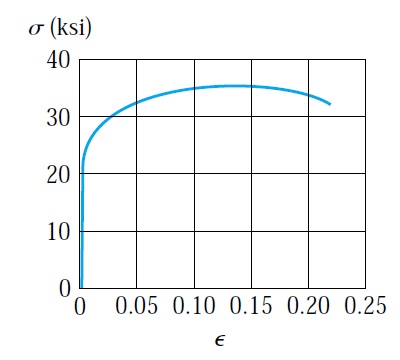Structural overloading
The design process of any structure will pass through different stages. Determining the anticipated loads is one of these stages. The designer will determine the magnitude loads expected to be carried by the structure. These loads will be factored (increased) to account for uncertainties. Failure in determining the magnitude of loads can result in overloading the structure. Overloading a structure will stress the structural material such as concrete and steel to their maximum limit, and it may result in structural failure and collapse. Concrete damage by overloading is easy to detect. The stress created by overloading will cause a distinctive pattern of cracking that indicates the source of overloading. Overloading can be a one-time event or a permanent event. The overloading damage can be repaired, but the source of overloading should be removed for permanent events to ensure that the repairing will not get damaged again.
Figure 1
A detailed structural analysis should be done for the damaged structure. The analysis should be performed by a competent engineer to evaluate the structure and the amount of load that can be carried by this structure. Also, engineers should determine the source of overloading and the extent of the damage. To ensure sustainable repairing, the source of overloading should be removed. The repairing of damaged concrete can be done by removing damaged concrete and replace it with new concrete or repairing material. The reinforcement rebar should be checked, and rust should be removed, or the rebar should be replaced if the cross-section of rebar is reduced significantly.
















Comments
Post a Comment